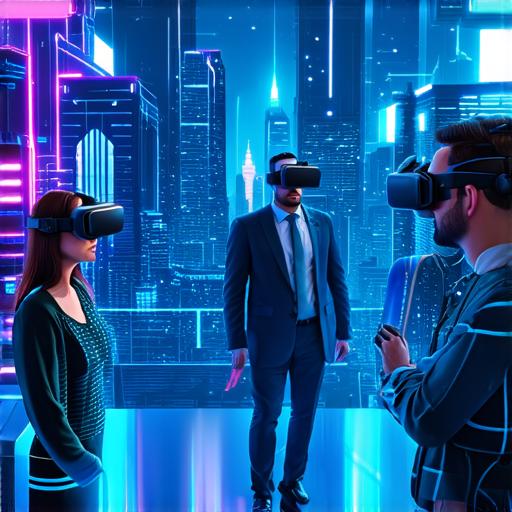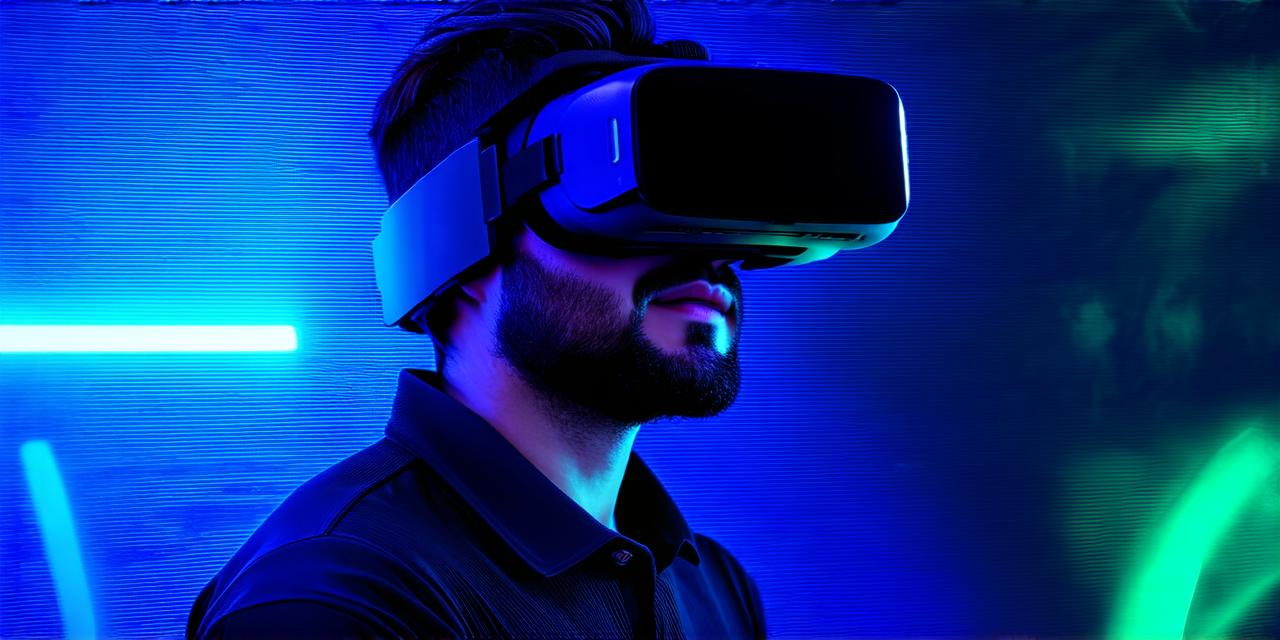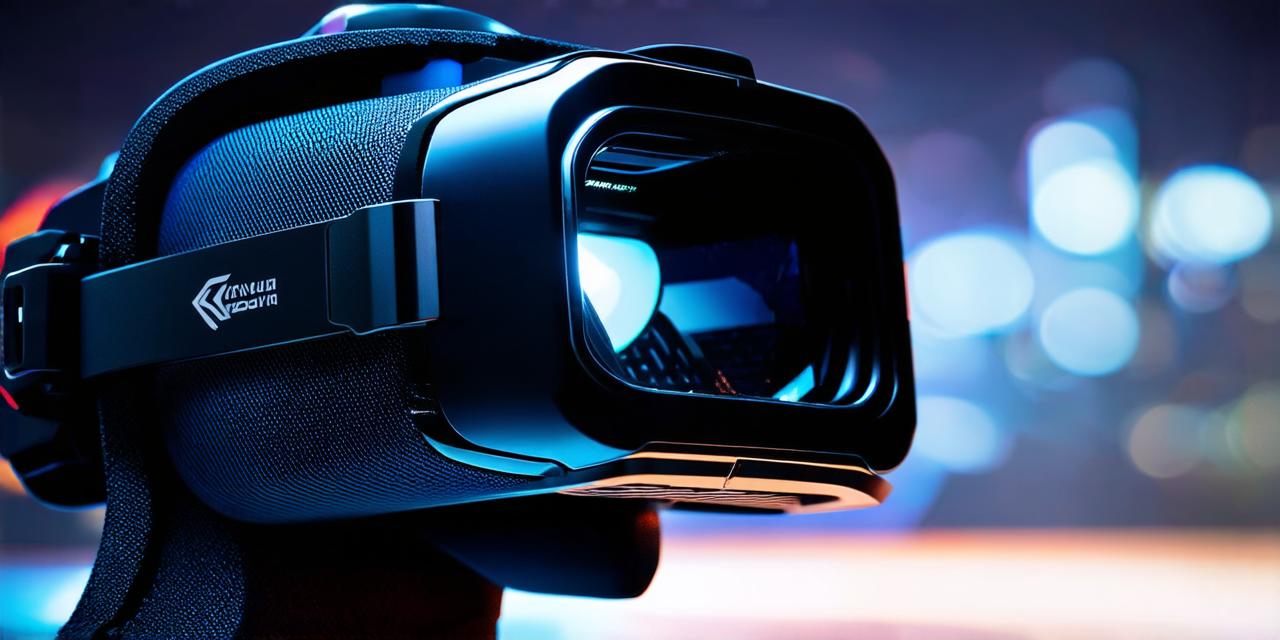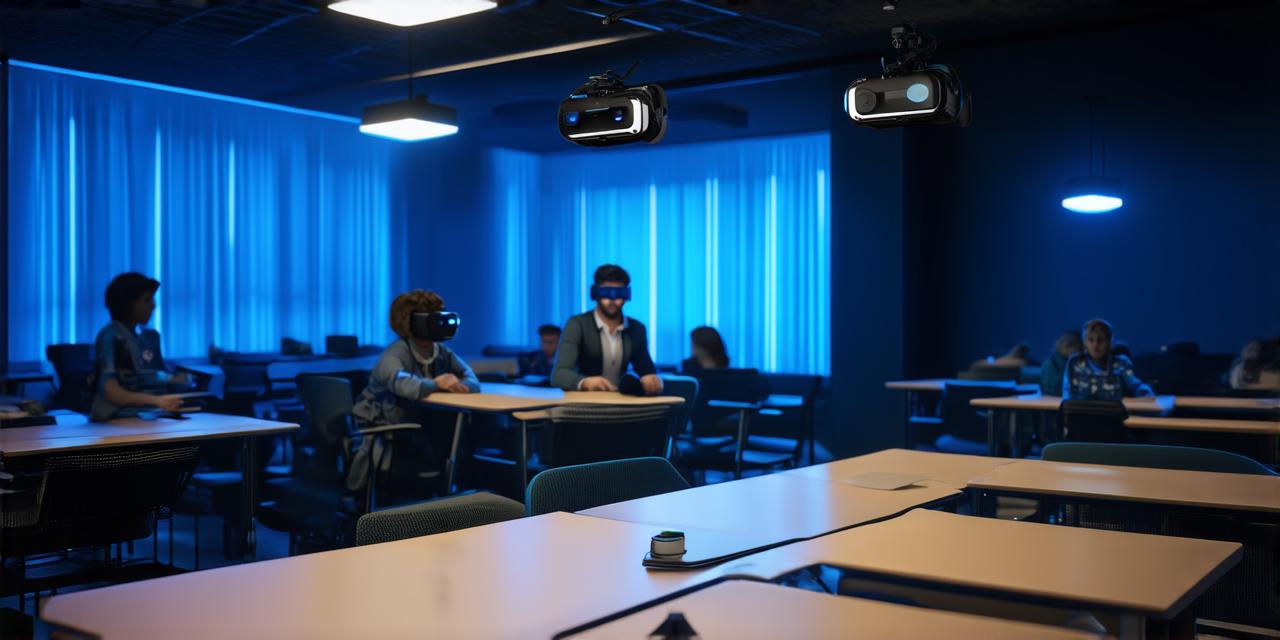Virtual reality (VR) therapy has emerged as an innovative and effective way to treat various mental health conditions. It involves using VR technology to create immersive experiences that simulate real-life situations and help individuals overcome their fears, anxieties, and other psychological issues.
What is virtual reality therapy?
Virtual reality therapy is a form of psychotherapy that uses VR technology to create a simulated environment where patients can experience various situations and emotions in a controlled and safe setting. It allows patients to confront their fears, anxieties, and other psychological issues in a way that traditional talk therapy cannot achieve.
Applications of virtual reality therapy
Virtual reality therapy has several applications in mental health treatment, including:
- Anxiety disorders
Anxiety disorders are one of the most common mental health conditions, affecting millions of people worldwide. VR therapy can help individuals overcome their fears and anxieties by exposing them to the situations that trigger these emotions in a controlled environment. This exposure therapy has been shown to be highly effective in treating anxiety disorders such as phobias, social anxiety disorder, and generalized anxiety disorder.
- Post-traumatic stress disorder (PTSD)
PTSD is a mental health condition that develops after experiencing or witnessing a traumatic event. VR therapy can help individuals with PTSD confront their trauma in a safe and controlled environment, which has been shown to be highly effective in reducing symptoms of PTSD.
3. Depression
Depression is a mental health condition that affects millions of people worldwide. VR therapy can help individuals with depression by providing them with a sense of accomplishment and mastery over their lives. This can help boost their self-esteem and improve their overall mood.
4. Pain management
Virtual reality therapy can also be used to manage pain in patients with chronic conditions such as arthritis, fibromyalgia, and other types of pain. By using VR technology to distract patients from their pain and provide them with a sense of control over their environment, it has been shown to be highly effective in reducing pain levels.
5. Addiction treatment
Virtual reality therapy can also be used in addiction treatment by providing patients with a safe and controlled environment where they can confront the triggers that lead to their addiction. This exposure therapy has been shown to be highly effective in reducing cravings and improving overall recovery rates.
Benefits of virtual reality therapy

Virtual reality therapy offers several benefits over traditional talk therapy, including:
- Immersive experiences
VR technology allows patients to experience situations and emotions in a highly immersive way, which can be more effective than traditional talk therapy in treating certain mental health conditions.
2. Customization
VR therapy can be customized to meet the specific needs of each patient, allowing therapists to create experiences that are tailored to their individual needs and goals.
3. Cost-effective
Virtual reality therapy is a cost-effective way to treat certain mental health conditions, as it eliminates the need for expensive equipment or specialized facilities.
- Safe and controlled environment
VR therapy provides patients with a safe and controlled environment where they can confront their fears and anxieties without fear of harm or repercussions.
5. Reduced stigma
Virtual reality therapy can reduce the stigma associated with traditional talk therapy, making it more accessible to individuals who may be hesitant to seek help.
Case studies in virtual reality therapy
There are numerous case studies that demonstrate the effectiveness of VR therapy in treating various mental health conditions. One such case study is a study conducted by researchers at the University of Oxford, which found that VR exposure therapy was highly effective in reducing symptoms of PTSD in veterans who had experienced combat trauma. Another study conducted by researchers at the University of California, Los Angeles (UCLA) found that VR therapy was highly effective in reducing anxiety levels in individuals with social anxiety disorder.
Personal experiences with virtual reality therapy
As an AR developer, I have had personal experience with VR therapy. I have used VR technology to create immersive environments for patients with anxiety disorders and PTSD, and have seen firsthand the effectiveness of this therapy in reducing symptoms and improving overall well-being. The ability to create customized experiences that are tailored to the individual needs and goals of each patient is what makes VR therapy so effective.
Structure of virtual reality therapy sessions
Virtual reality therapy sessions typically involve the following structure:
- Assessment
The first step in virtual reality therapy is to conduct an assessment of the patient’s mental health condition and their individual needs and goals for treatment. This assessment can be conducted using traditional talk therapy or through the use of VR technology to create a simulated environment that mirrors the patient’s real-life experiences.
2. Exposure therapy
The next step is to conduct exposure therapy using VR technology. This involves exposing the patient to the situations and emotions that trigger their mental health condition in a controlled and safe environment. The VR therapist can customize the experience to meet the specific needs of each patient, providing them with a sense of control over their environment and reducing the risk of re-traumatization.
3. Feedback and guidance
During the exposure therapy sessions, the VR therapist provides feedback and guidance to the patient, helping them to process their emotions and develop coping strategies for dealing with future situations.
4. Follow-up care
After the exposure therapy sessions are completed, patients may require follow-up care to continue their progress and maintain their well-being. This can include traditional talk therapy or ongoing VR therapy sessions.
FAQs
Q: Is virtual reality therapy safe?
A: Yes, virtual reality therapy is safe when conducted by a trained therapist in a controlled environment. The risk of re-traumatization is minimized through the use of customized experiences and feedback from the therapist.
Q: Can virtual reality therapy be used to treat all mental health conditions?
A: While virtual reality therapy has been shown to be effective in treating several mental health conditions, it may not be suitable for all individuals or situations. It is important to consult with a healthcare professional before starting any new treatment.
Q: How long does virtual reality therapy typically last?
A: The length of virtual reality therapy can vary depending on the individual’s needs and goals for treatment, as well as the severity of their mental health condition. It may take several sessions or ongoing treatment to achieve significant progress.
Conclusion
Virtual reality therapy is an innovative and effective way to treat various mental health conditions. Its immersive experiences, customization, cost-effectiveness, safe environment, and reduced stigma make it a highly appealing option for individuals seeking help. As AR developers, we have the opportunity to use our skills to create highly engaging and effective VR therapy experiences that can transform the lives of millions of people worldwide. With further research and development, virtual reality therapy has the potential to revolutionize the way we approach mental health treatment and improve overall well-being for all.




